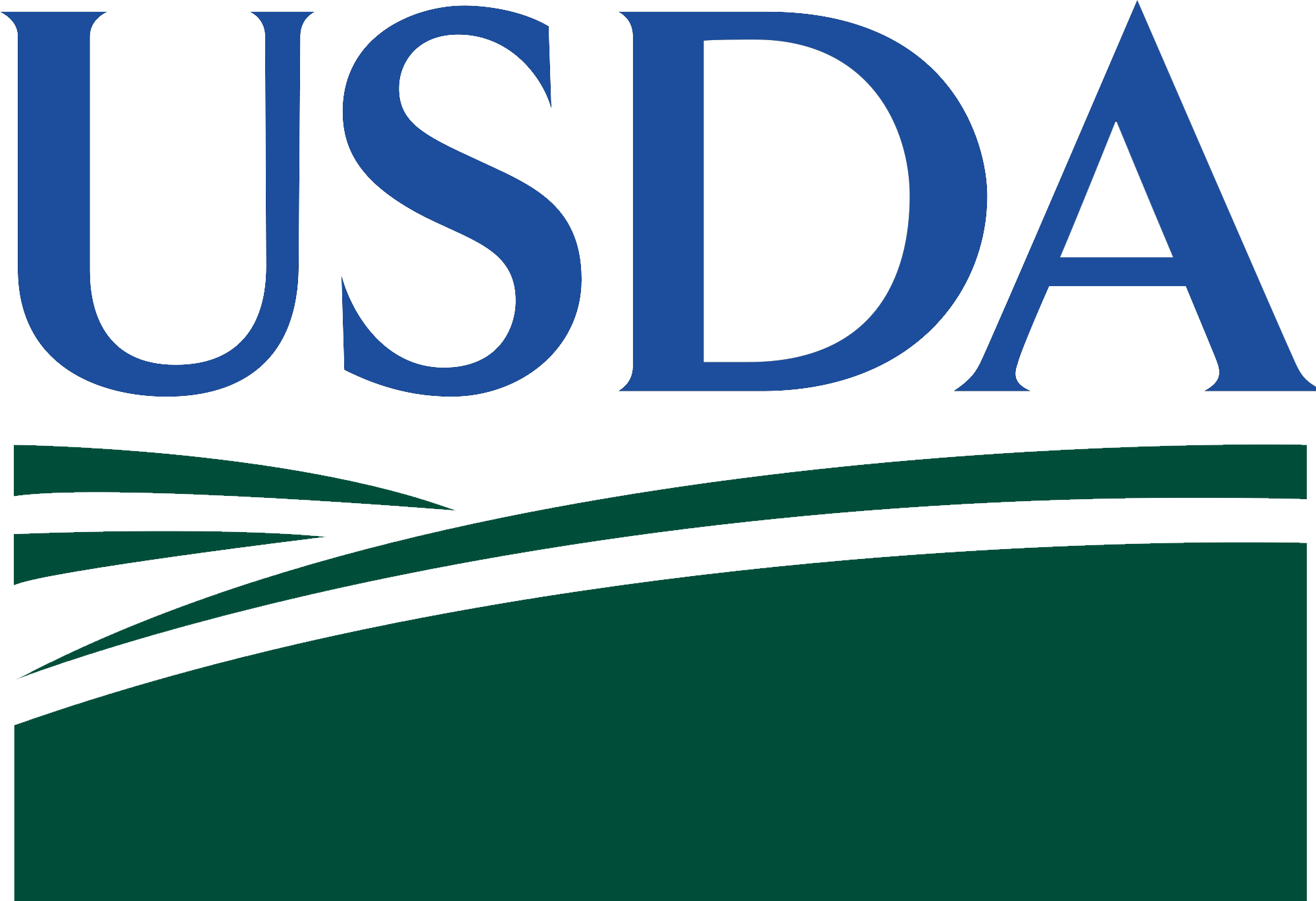“Time is the most valuable commodity, spend it growing”
ABOUT US
The intent was never to build a business out of what we truly were passionate about, this was a hobby that we were connected to and gave us a feeling of self-gratification.
We have built our nursery/orchard on the premise to improve our wildlife habitat and create an oasis for the animals that we enjoy watching and pursuing.
Our love of horticulture and wildlife has enabled us to create habitat solutions for all wildlife enthusiasts.
We would love to hear from you! Whether it’s your interest in one of our many cultivars of tree or discussing wildlife habitat we are always happy to help!
FAQs
-
Dunstan Chestnut trees have very little if any American genetics, they are anywhere from 90-99% Chinese. While, these trees are commonly sold with the thought of them having American genetics that is simply not the case. While I do offer Dunstan Chestnut trees for sale, there are far better cultivars that can provide better traits and nut production.
-
There are many differentials between cultivars, Taste, Nut size, Growth traitors, Climate needs, Harvest time and Soil qualities needed for these trees thrive. If you are a back yard orchardist or a wildlife manager using these trees to attract wildlife your needs will differ. There are a lot of commonalities between Chestnut Trees Cultivars needed for the optimum growing, well drained soils', high in PH 6.0 -7.0 and full sun or at least 6 hours of sun.
-
Planting the tree while its dormant is best whether that is in late fall after the leaves have falling or early spring prior to it budding. Our recommendation would be to plant trees in the late fall which allows the tree to settle and roots to get established prior to the new growing season.
-
Ideally, you want at least 20 feet of spacing between your trees to provide adequate room for the tree to leaf out. You can choose to plant your trees closer together but you will eventually be culling some trees after 10 - 15 years as they will grow into each other and won't yield a high nut production.
-
These crabapple/apple trees are highly resistant to cedar apple rust, fire blight and powdery mildew. In a no-spray situation you will tend to find some apple scabbing but this will not disturb the integrity of the fruit. Ideally, spraying trees for insects is optimal but we offer trees that give the wildlife managers the best hope of success by providing immune prone cultivars.
Want to Find out where you lie in the Growing Zone?
The USDA Plant Hardiness Zone Map is the standard by which gardeners and growers can determine which perennial plants are most likely to thrive at a location. The map is based on the average annual extreme minimum winter temperature, displayed as 10-degree F zones and 5-degree F half zones. A broadband internet connection is recommended for the interactive GIS-based map above.
To find the Plant Hardiness Zone at your location quickly, follow the link below and then enter your zip code in the Quick Zip Code Search box in the map above, or click anywhere on the map to view the corresponding interactive map.


